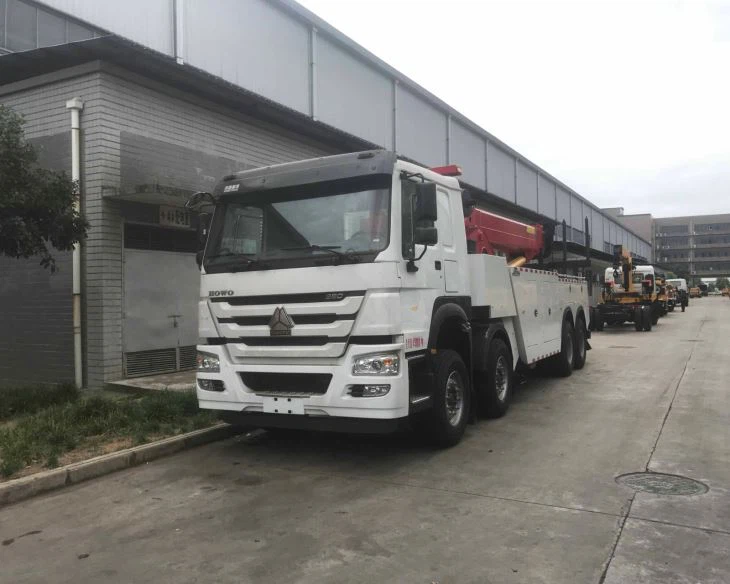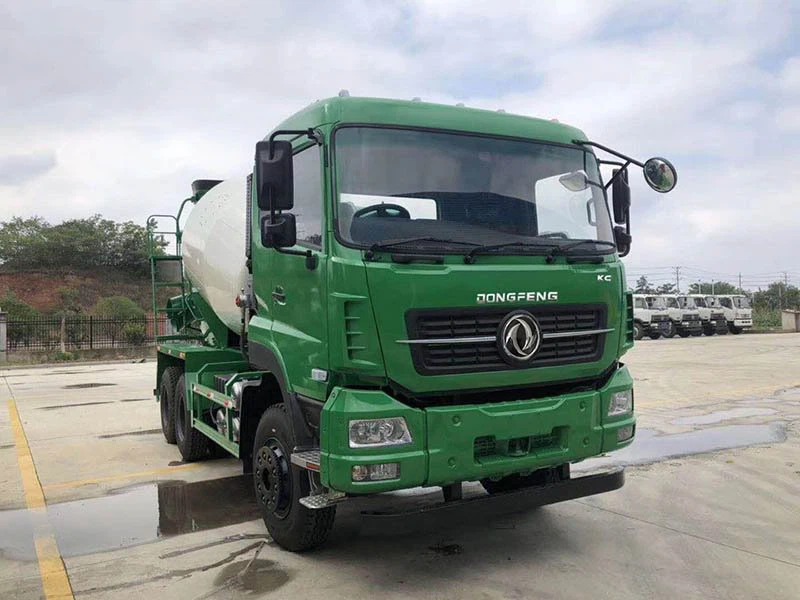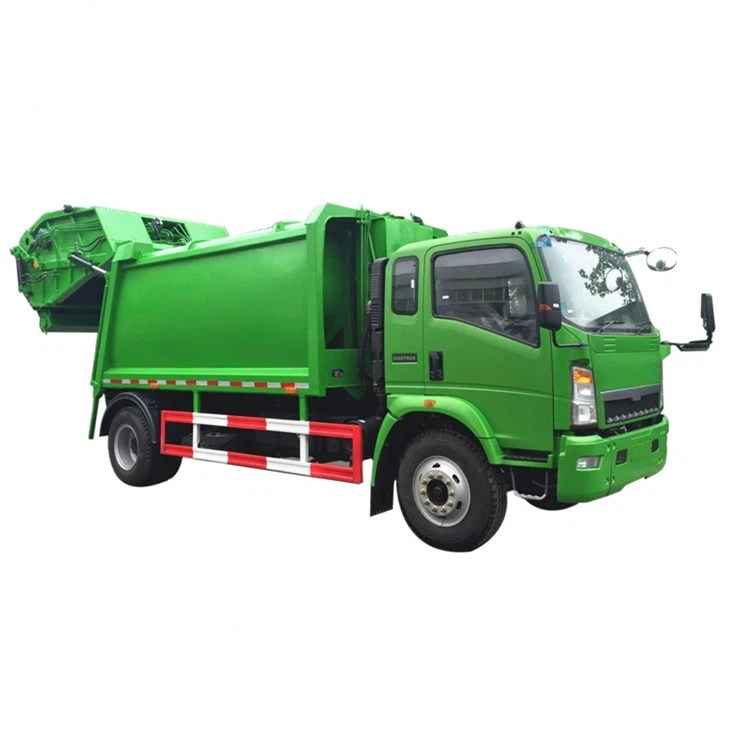Tanker Truck Parts: A Comprehensive Guide

Introduction
Tanker trucks play a vital role in transporting liquids, whether it be water, fuel, chemicals, or other fluids. Understanding the essential parts of these vehicles is crucial for operators, mechanics, and even those in logistics management. This article dives deep into the various components that make tanker trucks efficient and safe for transporting liquids. From the structure of the tank to the crucial safety features, we’ll cover everything you need to know about tanker truck parts.
What is a Tanker Truck?
A tanker truck is a specialized vehicle designed for transporting large volumes of liquid. It is equipped with a tank that has various fittings and operational parts that ensure the safe and efficient delivery of its cargo. The design and facilities of these trucks vary based on the purpose they serve, whether for fuel, chemicals, or food-grade liquids.
Major Components of Tanker Trucks
1. The Tank
The tank is the most critical part of a tanker truck. It is responsible for holding the liquid being transported. Tanks are made from various materials, including aluminum, stainless steel, and mild steel, depending on the type of liquid they carry.
Types of Tanks
- Cylindrical Tanks: Commonly used for fuel and chemicals for their strength and uniform pressure distribution.
- Rectangular Tanks: Often used for food-grade liquids, as they are easier to clean and maintain.
- Insulated Tanks: Ideal for transporting temperature-sensitive liquids.
2. Fittings and Valves
Fittings and valves control the flow of liquid in and out of the tank. Properly functioning fittings are essential for the safe transit of liquids.
| Type | Function |
|---|---|
| Butterfly Valve | Regulates the flow of liquid with quick opening and closing. |
| Check Valve | Prevents backflow, ensuring liquid only moves in one direction. |
| Pressure Relief Valve | Releases excess pressure to prevent tank ruptures. |

3. Pump System
The pump system is crucial for loading and unloading the liquid cargo. It facilitates the movement of liquid from the tank to other locations.

Types of Pumps
- Centrifugal Pumps: Best for low-viscosity liquids.
- Positive Displacement Pumps: Suitable for high-viscosity fluids.
- Diaphragm Pumps: Versatile for various types of liquids.
4. Hose and Couplings
The hoses and couplings connect the pump system to the tank and ensure a secure and safe transfer of liquids. High-quality hoses are critical to prevent leaks and spills.
Choosing the Right Hose
Consider the following factors:
- Material: Ensure the material is compatible with the liquid being transported.
- Diameter: Larger diameters allow for quicker loading/unloading.
- Pressure Rating: Must meet the requirements for the liquid’s pressure conditions.
5. Chassis and Frame
The chassis and frame provide the structural integrity of the tanker truck. They must be sturdy enough to carry the heavy load safely.
Key Features

- Material: Typically made from high-strength steel or aluminum.
- Suspension System: Ensures stability and safety while driving.
- Braking System: Advanced braking systems, such as air brakes, are essential for larger loads.
6. Safety Features
Safety is paramount in tanker trucks, given the nature of the liquids they transport. Below are important safety components.
Monitoring Systems
- Level Gauge: Monitors the amount of liquid in the tank.
- Temperature Sensors: Essential for monitoring temperature-sensitive cargo.
- Emergency Shutoff Valve: Quickly stops the flow in emergencies.
Secondary Containment
Some tanker trucks are equipped with secondary containment systems to capture leaks and spills, ensuring environmental safety.
Maintenance of Tanker Truck Parts
Importance of Regular Maintenance
Regular maintenance is essential to prolong the lifespan of tanker truck parts, ensuring safety and reducing downtime from repairs.
Key Maintenance Practices
- Check tank integrity regularly, looking for signs of corrosion or damage.
- Inspect pumps and hoses for leaks and wear.
- Test safety valves and gauges to ensure proper functioning.
- Perform regular brake inspections to ensure safe operation.
Upgrading Tanker Truck Parts
When to Upgrade
Operators may consider upgrading parts when:
- Parts show signs of wear that could jeopardize safety.
- Efficiency drops, indicated by higher fuel consumption or loading times.
- Regulatory changes necessitate new safety features.
Popular Upgrades
- Upgrading to high-efficiency pumps for better fuel economy.
- Installing advanced monitoring systems for real-time tracking.
- Choosing lightweight materials to enhance load capacity.
Common Issues and Troubleshooting
Identifying Problems
Recognizing and addressing tanker truck issues promptly can prevent extensive damage.
Common Issues
- Leaks in the tank or hoses: Check fittings and connections.
- Pumping issues: Inspect pumps for blockages or mechanical failures.
- Braking problems: Regularly check brake linings and fluid levels.
Real-Life Examples
Case Study: Fuel Transport Company
A fuel transport company faced downtime due to frequent pump failures. After a thorough maintenance check, it was found that the pumps were outdated and working inefficiently. By investing in new, high-performance pumps, the company reduced downtime by 40% and improved delivery efficiency.
Case Study: Chemical Transportation
A chemical transport service encountered a situation where one of its tanker trucks developed a leak during transit. The incident led to costly cleanup efforts. Implementing a regular maintenance schedule that included checks for fittings and valves significantly reduced future incidents and ensured safety compliance.
FAQ Section
1. What are the most common parts of a tanker truck?
The most common parts include the tank, pump system, hoses and couplings, fittings and valves, and the chassis framework.
2. How often should tanker truck parts be inspected?
Regular inspections should be conducted at least once every six months, but monthly checks are recommended for critical systems.
3. Can I replace parts of a tanker truck myself?
While some basic parts can be replaced by knowledgeable individuals, it’s advisable to have complex systems serviced by professionals.
4. What materials are used in making tanker truck tanks?
Tanker truck tanks are commonly made from aluminum, stainless steel, or mild steel, chosen based on the type of liquid being transported.
5. Are there any regulations for tanker truck safety features?
Yes, various regulations exist to ensure the safe transport of hazardous materials, and it is essential for operators to be compliant with these standards.
6. How can I improve the efficiency of my tanker truck?
Consider upgrading outdated components, implementing a regular maintenance schedule, and investing in high-efficiency pumps and monitoring systems.
